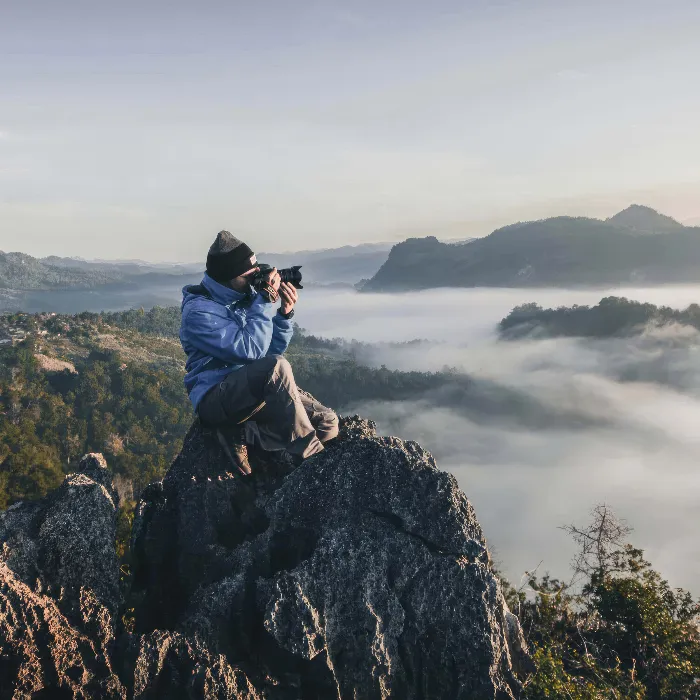There are countless tips and advice for photography, but the foundation of any good photo is the right equipment. In this guide, you'll receive a comprehensive overview of important accessories for your camera. From memory cards to batteries, tripods, and filters – here you will learn what to pay attention to when selecting and using these items to get the most out of your photography.
Key insights
- Choosing the right equipment can significantly improve your photography.
- Memory cards and batteries are crucial for smooth operation.
- Tripods can greatly enhance image stability, even if you don't always have one with you.
- Filters help achieve creative effects and handle different conditions.
Step-by-step guide
Basic considerations for equipment
Before you dive into specific accessories, it is important to understand the basic elements of your camera equipment. Consider what type of photography you want to practice – landscape, portrait, or perhaps even action photography. This decision will significantly influence which equipment makes sense for you.

Choosing the right memory card
Memory cards are the backbone of your digital photography. Without the right memory card, even the best camera cannot be used effectively. Pay attention to the speed and capacity of the card. High-speed cards are especially important if you are shooting in continuous mode or recording videos. The size of the card should also be well thought out to provide enough space for your shots.
Batteries for longer shoots
The power source of your device is an important factor that you should not neglect. Buy extra batteries to ensure that you always have enough power for longer shoots. Also check the charging times and the lifespan of your batteries so that you are always ready when it counts.
Tripods – Stability and creative perspectives
A tripod can be useful in many situations. It not only provides stable image capture but also allows you to experiment with more creative perspectives. There are different models and price ranges available. Make sure that the tripod is sturdy enough to hold your equipment and light enough to carry.
Photography without a tripod
It is not always possible to have a tripod with you. In such cases, you can still take stable pictures. Look for stable surfaces or work with a low ISO setting to extend exposure times. These techniques can help you achieve good results even without a tripod.
Filters for creative effects
Filters are often an underestimated accessory that can add a new dimension to your photography. Think about which filters make the most sense for your style – whether it’s ND filters for long exposures or polarizers to reduce reflections. When selecting, also consider what you want to avoid and which filters you actually need.
Practical examples for filters
It’s important not only to own filters but also to know how to use them effectively. A neutral density filter, for example, can help smooth out motion in water shots. Familiarize yourself with the different application possibilities to effectively enhance your skills.
Summary – Learning to photograph: Effectively using equipment
In this guide, you learned the basics of your camera equipment. We discussed the importance of memory cards, batteries, tripods, and filters, as well as their practical necessities. Invest wisely in your accessories and expand your knowledge to further develop your photographic skills.
Frequently asked questions
Which memory card should I buy?Choose a high-quality, fast memory card with sufficient capacity for your camera.
How many batteries do I need for longer shoots?At least two to three extra batteries are recommended to always have enough power.
How do I choose the right tripod?Pay attention to stability, load capacity, and weight, depending on your equipment and shooting location.
Can I take good photos without a tripod?Yes, use stable surfaces or play with ISO settings to avoid blur.
What is the advantage of filters in photography?Filters help achieve creative effects and improve image quality under various conditions.


